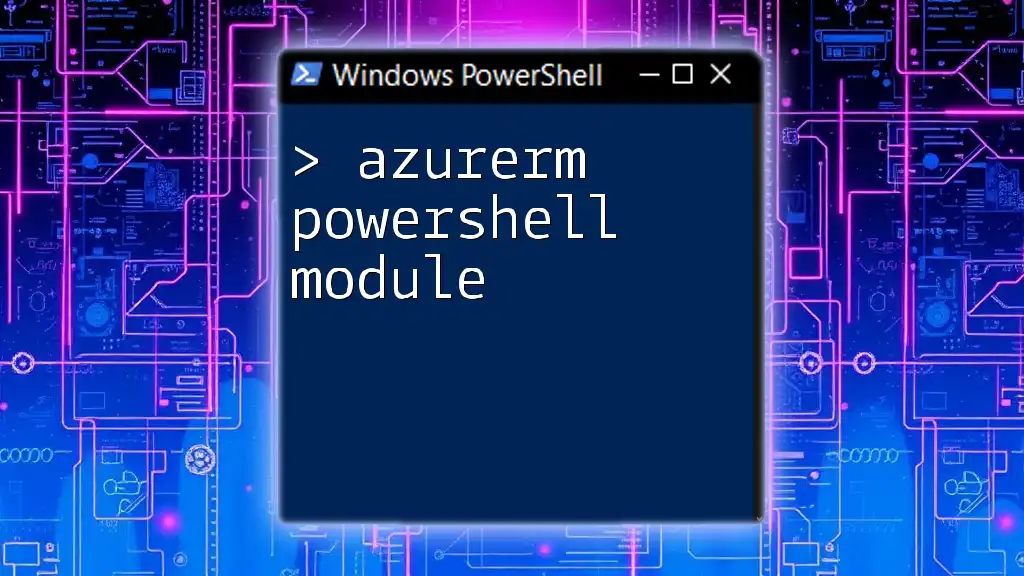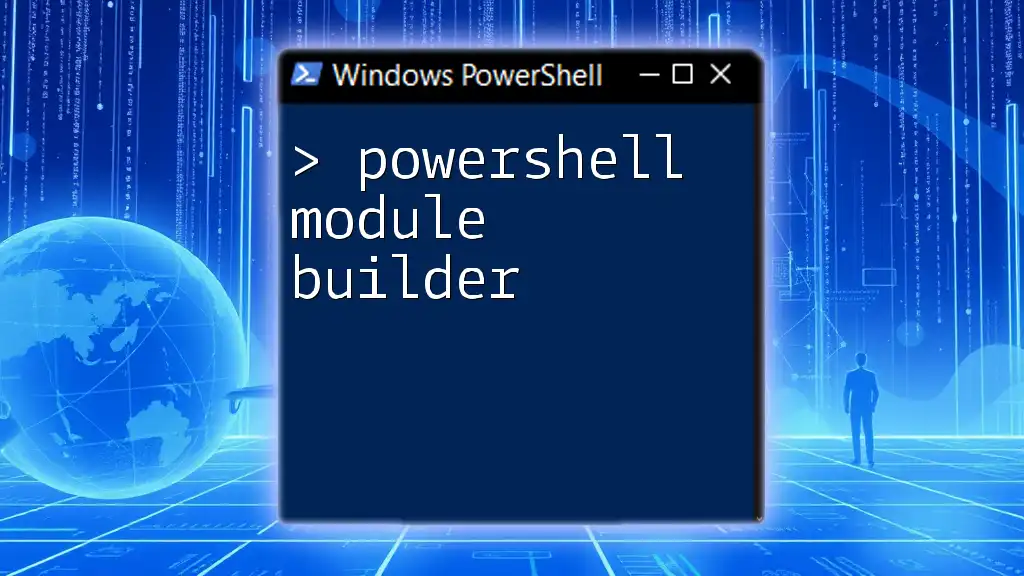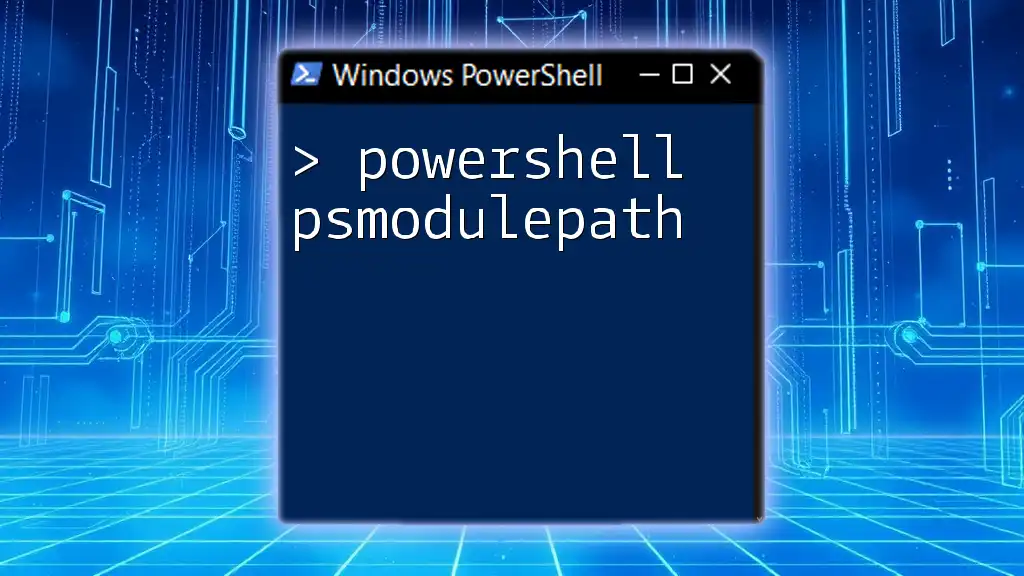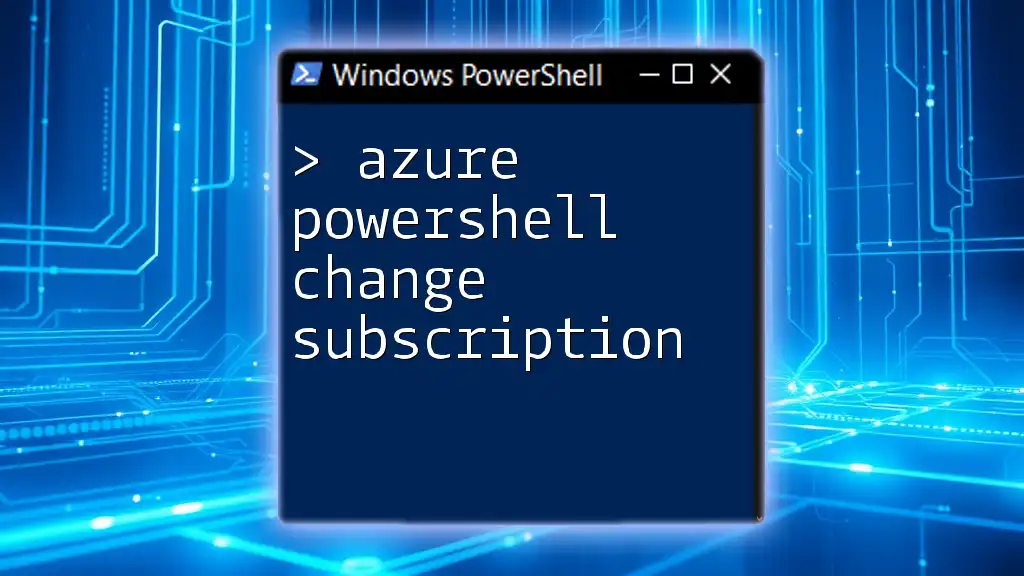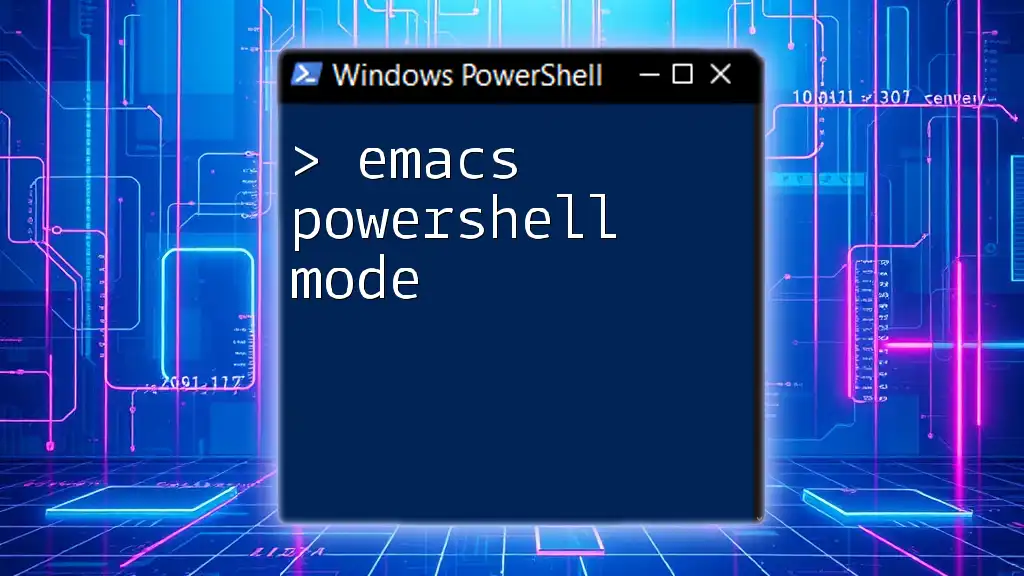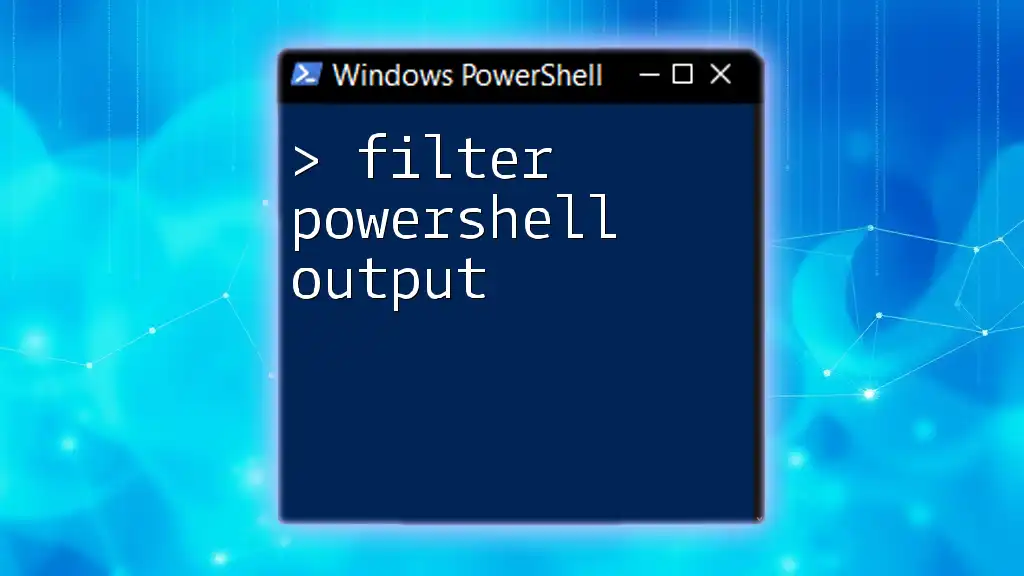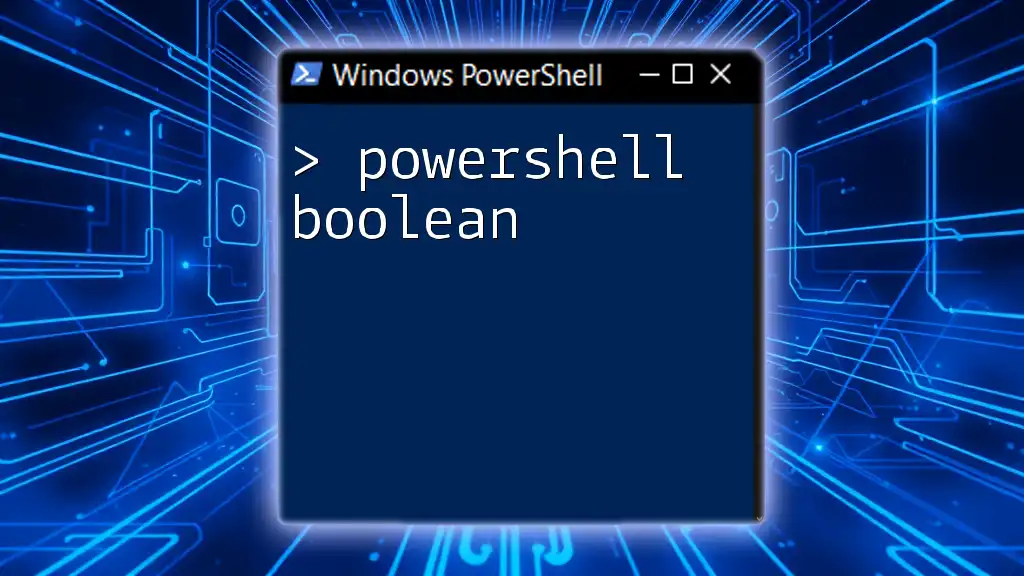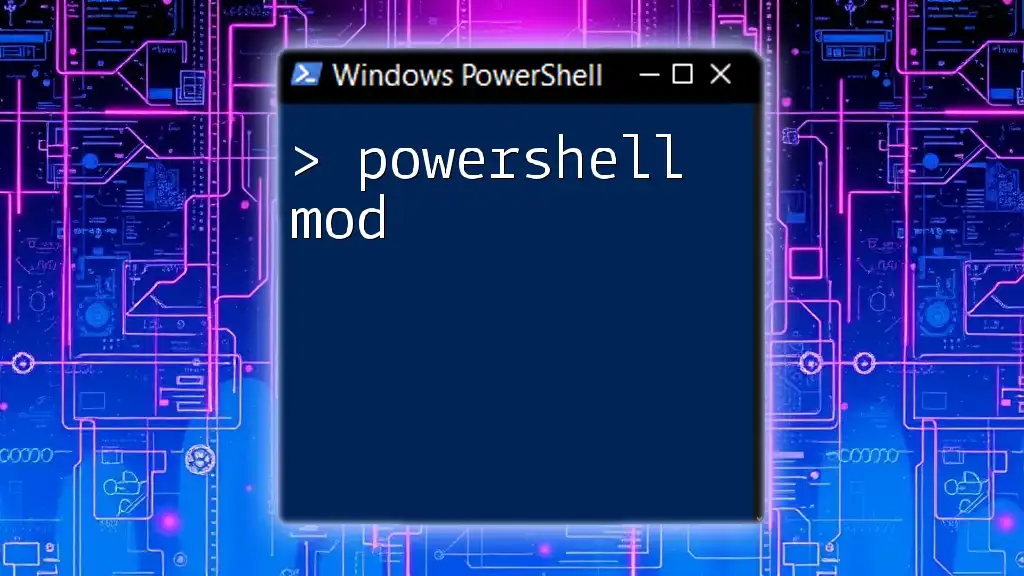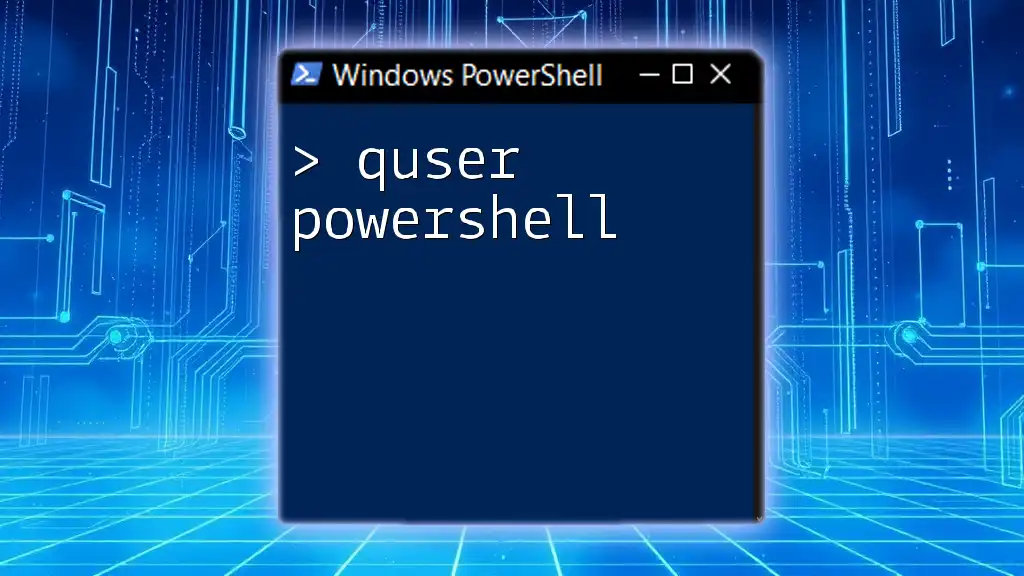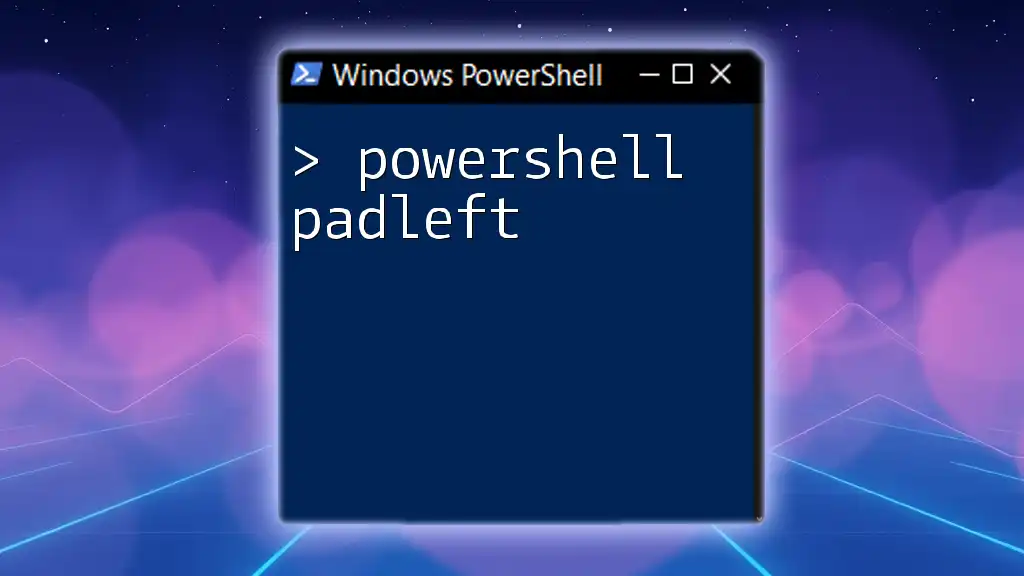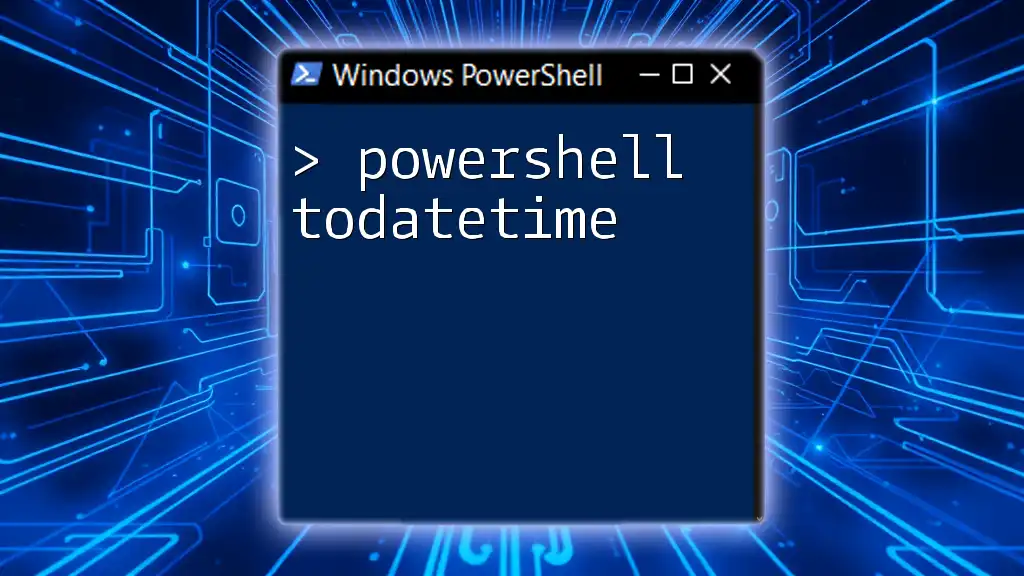The AzureRM PowerShell module is a set of cmdlets that allows administrators to manage Azure resources from the PowerShell command line, streamlining various tasks involved in Azure resource management.
Here's a simple example to get you started with the AzureRM PowerShell module:
Get-AzureRMResourceGroup
Setting Up the AzureRM PowerShell Module
System Requirements
Before diving into the installation of the AzureRM PowerShell module, it's essential to ensure your system meets the minimum requirements. You need to have:
- .NET Framework: The AzureRM module requires at least version 4.5 of the .NET Framework. Check your version to confirm compatibility.
- Operating System: AzureRM works primarily on Windows operating systems, including Windows 10 and Windows Server versions.
Installation Process
To get started with the AzureRM PowerShell module, follow these straightforward steps for installation:
-
Open PowerShell: Run PowerShell as an administrator to ensure you have the necessary permissions.
-
Install the Module: Execute the following command to install the AzureRM module. The `-AllowClobber` flag allows the installation of the module without conflicts in case other modules have overlapping commands.
Install-Module -Name AzureRM -AllowClobber -
Confirm Installation: Once the installation is complete, check if the module has been installed correctly by listing available modules.
Get-Module -ListAvailable AzureRM
These steps will ensure that you have the AzureRM PowerShell module ready for use in managing your Azure resources.
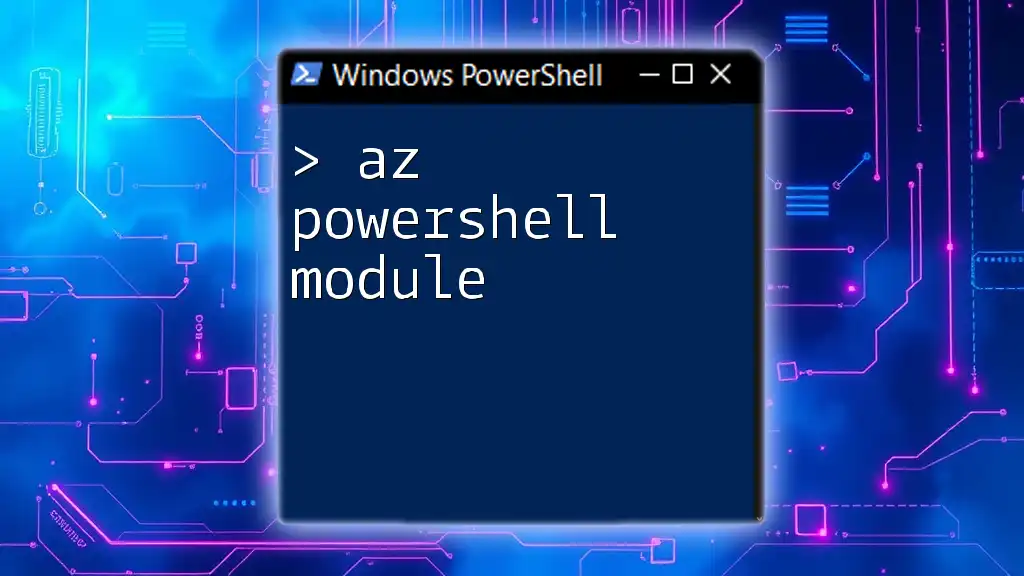
Understanding AzureRM PowerShell Cmdlets
What are Cmdlets?
Cmdlets are specialized PowerShell functions that perform a single function, often related to administration. In the context of the AzureRM PowerShell module, cmdlets are essential for managing Azure resources efficiently and effectively. Unlike traditional command-line commands, cmdlets follow a "verb-noun" syntax which makes them intuitive to use.
Key AzureRM Cmdlets Overview
Familiarizing yourself with essential AzureRM cmdlets will significantly enhance your capability to manage Azure resources. Here are a few key cmdlets:
-
Get-AzureRMResource: Retrieves specific resources in your Azure account. For example, you can find details about your resources with:
Get-AzureRmResource -
New-AzureRMResourceGroup: Creates a new resource group within Azure, allowing logical grouping of resources for management. The command looks like this:
New-AzureRmResourceGroup -Name "MyResourceGroup" -Location "East US" -
Remove-AzureRMResource: Allows you to delete resources within a specified group. You can remove a resource with:
Remove-AzureRmResource -ResourceGroupName "MyResourceGroup" -Name "MyResource" -Force
These examples provide a solid foundation for interacting with Azure through PowerShell, enabling effective management of your Azure environment.
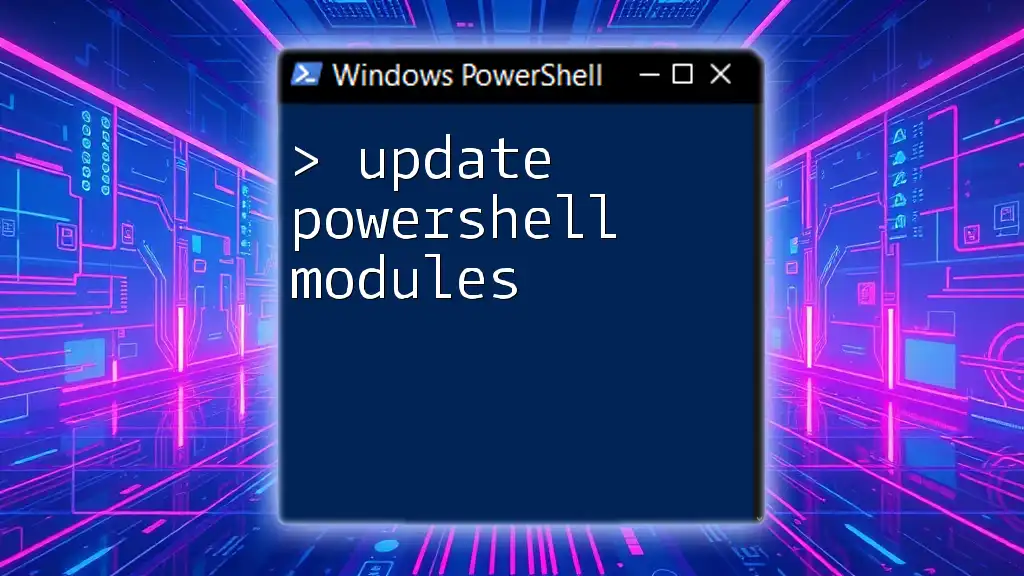
Using AzureRM for Resource Management
Managing Resource Groups
Resource groups are vital components in Azure, as they serve as containers for your resources. Here’s how to manage them using AzureRM:
-
Creating a Resource Group: You can create a new resource group by executing:
New-AzureRmResourceGroup -Name "MyResourceGroup" -Location "Central US"
This command sets up a resource group in the specified geographical location, helping you organize your Azure resources efficiently.
-
Listing Resource Groups: To view all resource groups in your account, use:
Get-AzureRmResourceGroup
This command outputs the details of all resource groups, allowing you to verify your organizational structure in Azure.
Working with Azure Resources
Virtual Machines
Virtual machines (VMs) are a core component of Azure, allowing you to run workloads in the cloud. Here’s how you can manage VMs with AzureRM:
-
Creating a Virtual Machine: To create a VM in Azure, use the following command:
New-AzureRmVM -ResourceGroupName "MyResourceGroup" -Name "MyVM" -Location "Central US"
This command provisions a new virtual machine in the specified resource group and location.
-
Stopping and Removing a Virtual Machine: When you need to stop or delete a VM, you can run:
Stop-AzureRmVM -ResourceGroupName "MyResourceGroup" -Name "MyVM" Remove-AzureRmVM -ResourceGroupName "MyResourceGroup" -Name "MyVM"
The first command halts the VM's operations, while the second command permanently deletes it.
Storage Accounts
Managing storage accounts is crucial for maintaining your data effectively in Azure. Follow these commands to handle your storage resources:
-
Creating a Storage Account: You can set up a new storage account with this command:
New-AzureRmStorageAccount -ResourceGroupName "MyResourceGroup" -AccountName "mystorageaccount" -Location "Central US" -SkuName "Standard_LRS"
This command creates a storage account, specifying the resource group, account name, location, and SKU type.
-
Listing Storage Accounts: To obtain a list of your storage accounts, execute:
Get-AzureRmStorageAccount -ResourceGroupName "MyResourceGroup"
This command gives you an overview of all storage accounts under the specified resource group, enabling efficient management of your Azure storage.
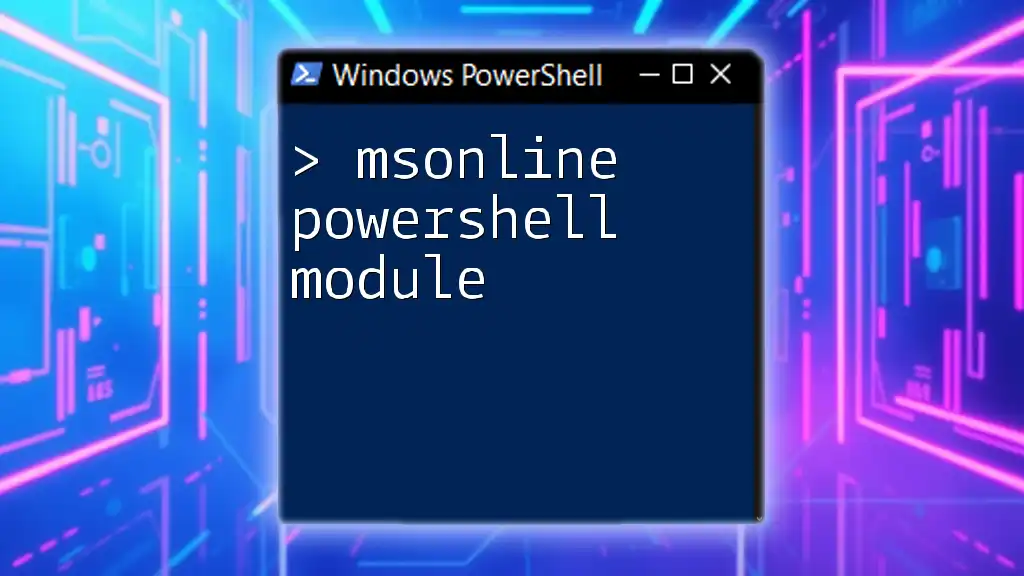
Best Practices for Using AzureRM
Script Reusability
One of the significant advantages of using PowerShell is the ability to create reusable scripts. This practice can save you time and ensure consistency across your management tasks. When writing scripts, consider the following:
-
Modular Scripts: Break down your scripts into smaller functions, making them easier to manage and troubleshoot.
-
Parameterization: Use parameters in your scripts so that you can run the same script with different inputs, enhancing flexibility.
Handling Errors
All users inevitably encounter errors. Knowing how to handle them gracefully can prevent crashes in your infrastructure management scripts. Use a try-catch block to manage errors effectively.
try {
# Your code here
} catch {
Write-Host "An error occurred: $_"
}
This structure allows you to catch any errors that arise during execution and respond appropriately, without halting the script unexpectedly.
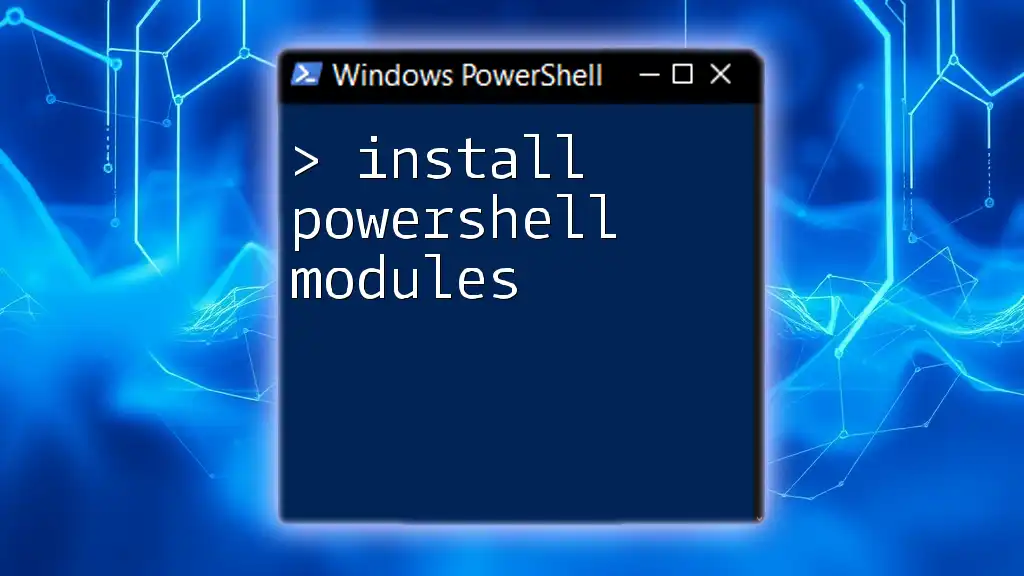
Transitioning to Az PowerShell Module
Why Transition from AzureRM to Az
Understanding the benefits of transitioning from the AzureRM module to the Az module is crucial for long-term management. The Az module is the replacement for AzureRM, offering improved performance and streamlined cmdlets. It is designed with cross-platform compatibility in mind, meaning it works on Windows, macOS, and Linux.
Migrating Existing Scripts
When moving from AzureRM to Az, it is essential to refactor your existing scripts. While the functionality remains similar, many cmdlets have been updated. For example, `Remove-AzureRmResourceGroup` has changed to `Remove-AzResourceGroup`. Review Microsoft’s migration documentation for detailed guidance.
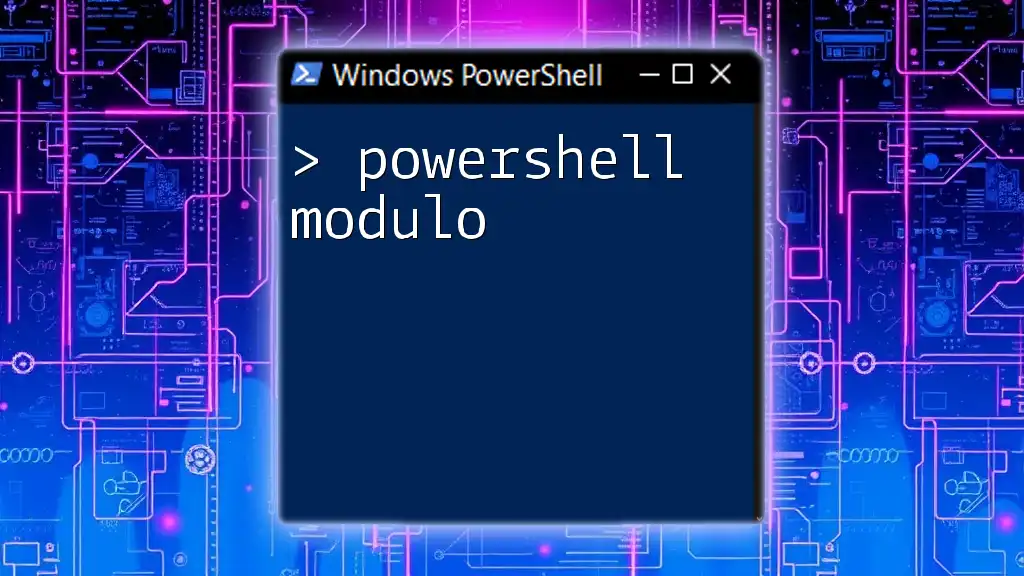
Conclusion
The AzureRM PowerShell module is an invaluable tool for anyone looking to manage Azure resources effectively. By learning to navigate the module, installing it correctly, and understanding the essential cmdlets, you will equip yourself with the knowledge necessary to handle Azure management with confidence. Practice and hands-on experience with these commands will empower you to maximize your usage of Azure resources.
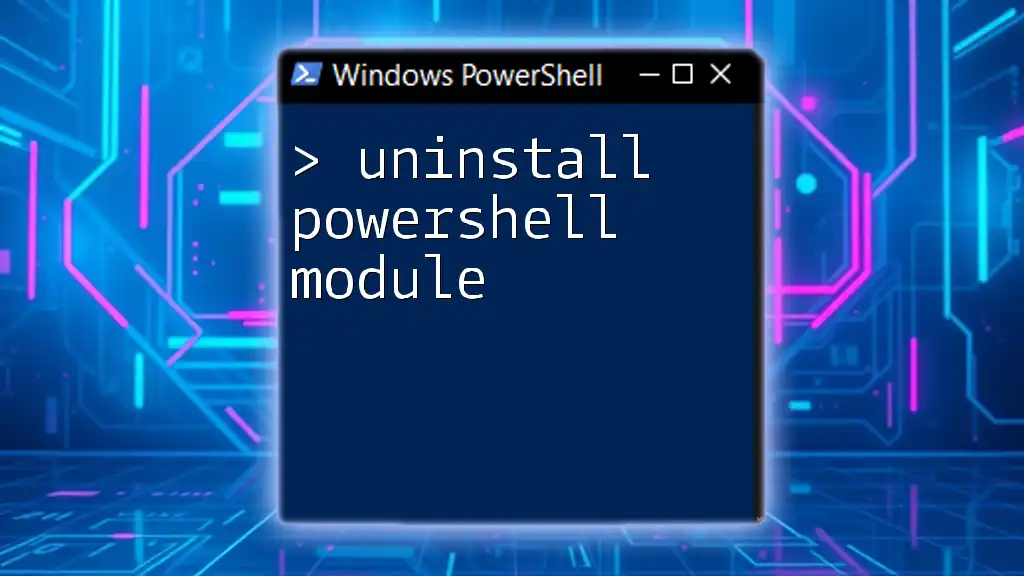
Additional Resources
To further enhance your understanding of the AzureRM PowerShell module, consider exploring the following resources:
- Official Documentation: Directly related to AzureRM commands and capabilities, providing in-depth insights.
- Tutorials: Various platforms offer guided tutorials that can help reinforce your practical skills.
- Community Forums: Engaging with other users in online forums can provide real-world solutions and tips for common issues faced while using AzureRM.

